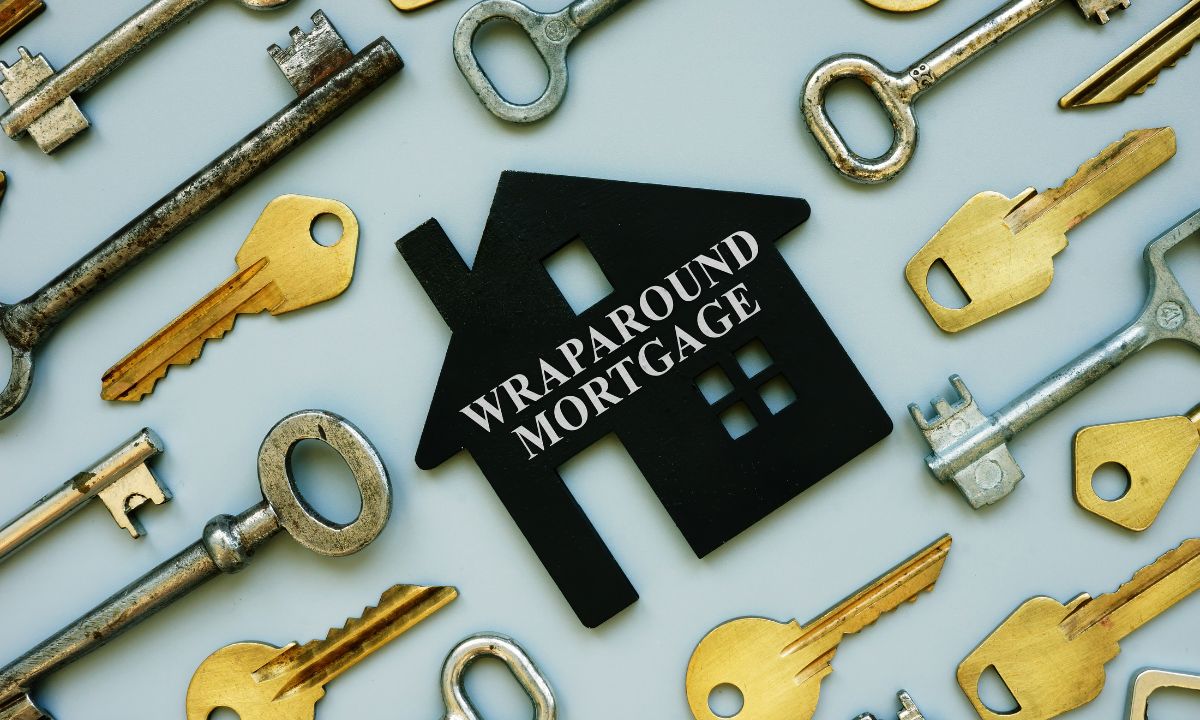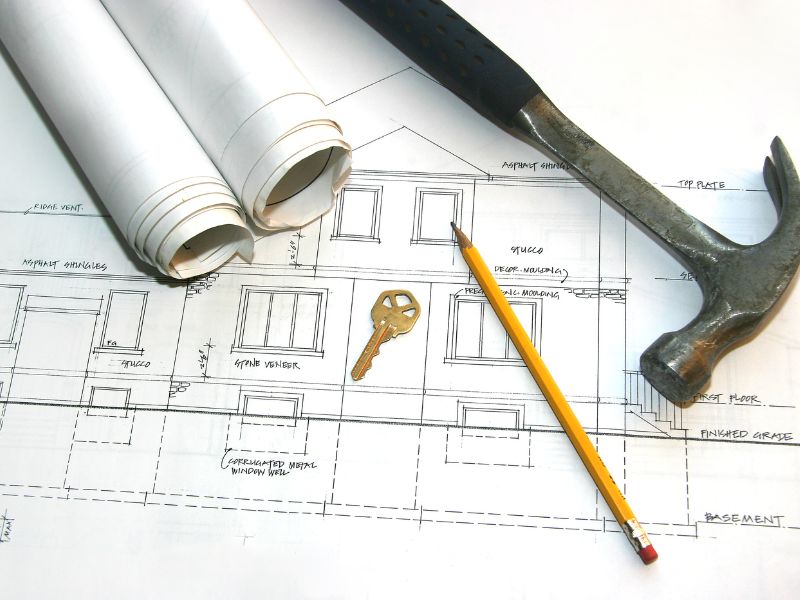Understanding The Advantages and Risks Of Wraparound Mortgages
 These days real estate transactions have become more and more creative with financing solutions that often emerge to meet the diverse needs of buyers and sellers. One such alternative is the wraparound mortgage, a financial instrument that has gotten both praise and caution within the real estate community. Understanding its advantages and risks is crucial for anyone considering this option.
These days real estate transactions have become more and more creative with financing solutions that often emerge to meet the diverse needs of buyers and sellers. One such alternative is the wraparound mortgage, a financial instrument that has gotten both praise and caution within the real estate community. Understanding its advantages and risks is crucial for anyone considering this option.
What is a Wraparound Mortgage?
A wraparound mortgage, also known as an all-inclusive mortgage or simply a “wrap,” is a type of secondary financing arrangement where the seller assumes the existing mortgage and creates a new mortgage with terms that encompass both the existing loan and additional financing provided by the seller. In essence, the seller becomes the lender for the buyer, who makes payments directly to them.
Advantages of Wraparound Mortgages
1. Flexibility for Buyers
Accessible Financing: Wraparound mortgages can offer financing to buyers who may not qualify for traditional loans due to credit issues or insufficient down payments.
Negotiable Terms: Buyers and sellers have the flexibility to negotiate terms such as interest rates, repayment schedules, and down payment requirements, providing opportunities for mutually beneficial agreements.
2. Simplified Transactions
Streamlined Closing Process: Wraparound mortgages can facilitate faster transactions since they often involve fewer parties and less stringent underwriting requirements compared to conventional loans.
Reduced Closing Costs: Buyers may benefit from lower closing costs since they are not acquiring a new mortgage from a traditional lender.
3. Income Generation for Sellers
Continued Cash Flow: Sellers receive ongoing income in the form of mortgage payments from the buyer, which can provide a steady stream of passive income.
Higher Sales Price: Sellers can potentially command a higher selling price by offering financing options, attracting buyers who value the convenience and flexibility of a wraparound mortgage.
Risks Associated with Wraparound Mortgages
1. Default Risk
Potential for Default: If the buyer fails to make payments on the wraparound mortgage, the seller may face the risk of foreclosure or be required to cover the outstanding balance on the underlying loan.
Complex Foreclosure Process: Foreclosing on a wraparound mortgage can be more complicated than traditional foreclosures, potentially leading to delays and legal expenses for the seller.
2. Due-on-Sale Clause
Violation of Mortgage Terms: Most traditional mortgages include a due-on-sale clause, which allows the lender to demand full repayment of the loan if the property is sold. Engaging in a wraparound mortgage without the lender’s consent could trigger this clause, resulting in accelerated repayment.
3. Title Risks
Clouded Title: Since the original mortgage remains in the seller’s name, there is a risk of title issues arising if the seller fails to pay the underlying mortgage or encounters legal troubles.
Lien Priority Concerns: In the event of default or foreclosure, the wraparound mortgage may not have priority over other liens or claims against the property, potentially leaving both parties vulnerable to financial loss.
Wraparound mortgages offer a flexible financing option for buyers and income-generating opportunities for sellers, but they also entail significant risks that warrant careful consideration. Before entering into such an agreement, both parties should conduct thorough due diligence, consult legal and financial professionals, and clearly outline the terms and responsibilities involved.
As with any financial arrangement, transparency, communication, and prudent decision-making are essential to mitigate risks and ensure a successful outcome for all parties involved. Whether you’re a buyer seeking alternative financing or a seller exploring creative selling strategies, understanding the advantages and risks of wraparound mortgages is essential for making informed decisions in the complex world of real estate transactions.

 Want to upgrade your home but short on cash? Home improvement loans can help! They’re like a financial boost for fixing up your place without draining your savings. But with so many options, how do you pick the right one? Let’s review the options.
Want to upgrade your home but short on cash? Home improvement loans can help! They’re like a financial boost for fixing up your place without draining your savings. But with so many options, how do you pick the right one? Let’s review the options. Those who are involved in the real estate industry likely know that mortgage rates are at an all-time low. At the same time, nobody wants to pay more for a house than they have to. Some of the most important factors that dictate how much someone is going to pay for a house include points and interest rates.
Those who are involved in the real estate industry likely know that mortgage rates are at an all-time low. At the same time, nobody wants to pay more for a house than they have to. Some of the most important factors that dictate how much someone is going to pay for a house include points and interest rates.